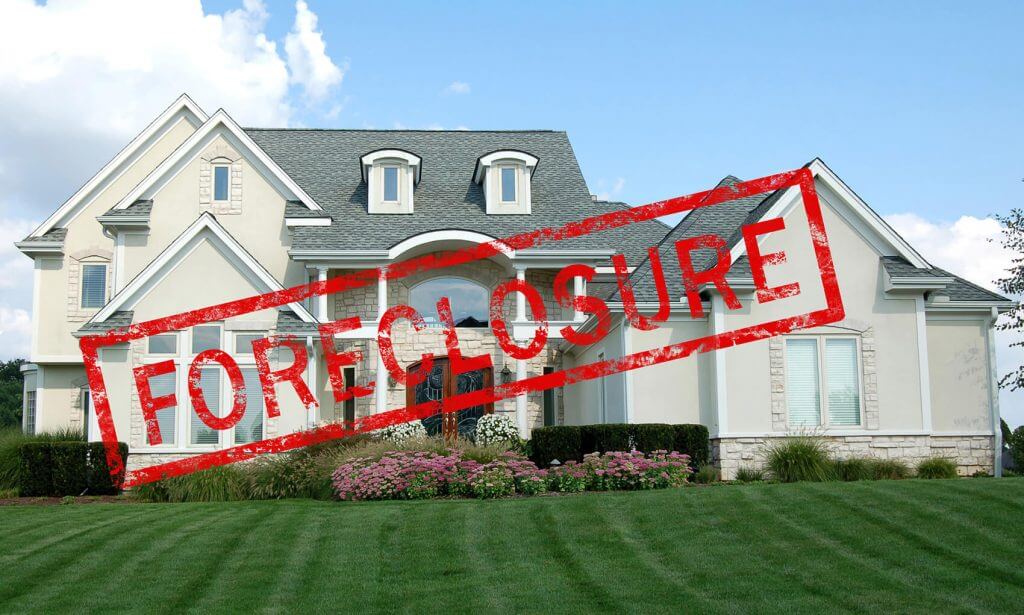How Do You Calculate Damages on a Wrongful Foreclosure
If you have been recently served with a foreclosure notice, then the "how do you calculate damages on a wrongful foreclosure?" question that you are asking yourself is very similar to the "how do you calculate damages on a suit of general liability?" or any other negligence case. Of course, there is no right answer in either case. The fact that you are even reading this article says that you are curious about it. Hopefully, after reading this article, you will gain some insight into whether or not your lender has a case against you.
Foreclosure Process: As previously mentioned, homeowners are not given the opportunity to defend their home from foreclosure through the proper legal channels. This is why the notice of default was served. Because the homeowner was not able to defend his or her home against the notice of default, this automatically gives the lending institution the right to proceed with the foreclosure process.
Right to Re-Start the Foreclosure Process: Usually, the lender will file an application with the courts to restart the foreclosure process. The court then grants the lender the right to move forward with the foreclosure. It is at this time that the actual foreclosure takes place. Although the lender will have the right to move forward with the sale of the property, he or she must follow all of the laws and regulations of the state in which the property is located. There is no exception to this rule. Therefore, if the homeowner wishes to stop the sale, the notice of default must be served in writing and must provide the homeowners the right to re-start the foreclosure procedure.
Damages Due to Negligence: One way for a lender to avoid paying their responsibilities to the homeowner is to give them a written notice that states the homeowner is in default of the mortgage contract. Then, they will attempt to hide all documentation, so that when it comes down to the lawsuit loan, it will look like the borrower never defaulted. The lender will try everything it can to avoid paying any damages. This includes withholding important documents, calling the attorney general's office, and telling the homeowner to call the bank instead of the lender. When this fails, the lender will file a lawsuit to continue dragging the suit until the deficiency judgment has been issued.
How Do You Calculate Damages on a Foreclosure? There are two factors to consider when calculating damages in a foreclosure. The first factor is the original balance of the mortgage loan. The second is the interest paid by the bank to the mortgage holder. The calculation will determine whether the bank has truly become the victim of foreclosure, or if the homeowner was at fault in some way.
First, you must determine the outstanding balance of the loan. This includes the accrued interest, any penalties for late payments, and any other hidden charges the bank tacked on to the loan after it was originally signed. For example, the bank may have charged an extra fee for a change of address, or an extra service charge for changing the locks on their property. These fees and other charges may be difficult to prove were not already charged by the borrower.
Next, you must determine the actual cash value of your home. To do this, subtract the loan balance from the current fair market value of the property. This will determine the fair market value of the property, which is the amount that a mortgage company will accept for a loan against the property. The difference between the actual loan balance and the fair market value will determine the amount you will receive from the loan.
The final step in calculating damages on a wrongful foreclosure is to determine the total cost of all the fees and judgments that resulted from the foreclosure. This includes fees for professional advice on the foreclosure process, attorney's fees, court costs, appraiser's fees, and other miscellaneous expenses. These fees can make the difference between winning and losing your home. Because these are often court-ordered, they can delay the actual foreclosure date. In this case, you should consult with an experienced attorney to learn about your rights to avoid foreclosure and learn about your remedies.

Comments
Post a Comment